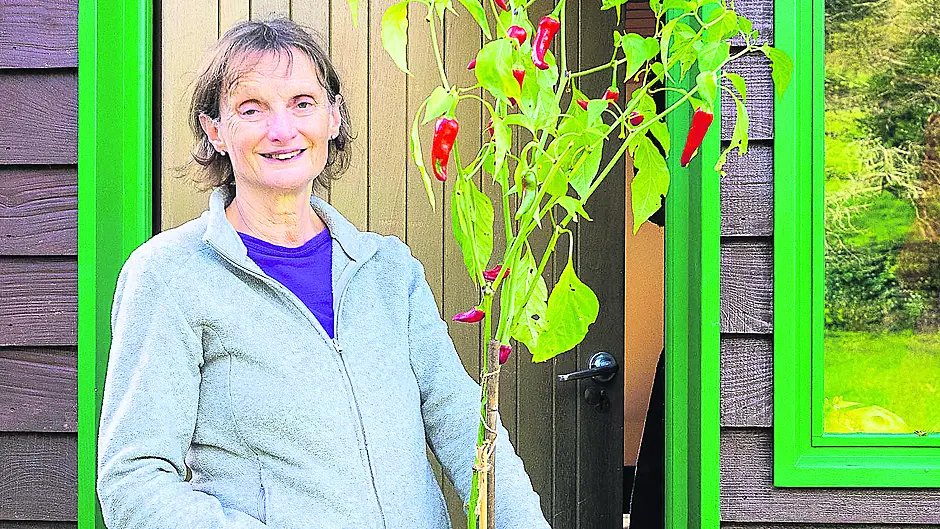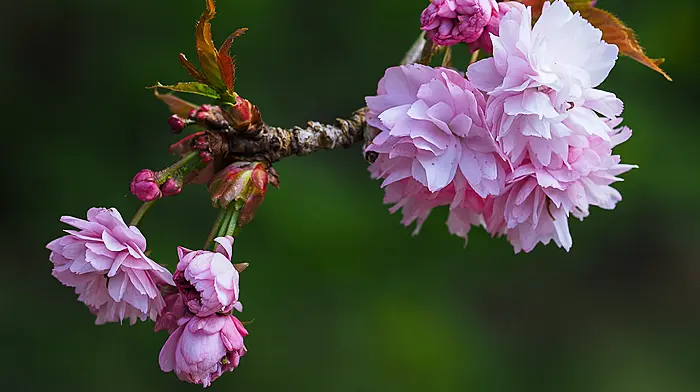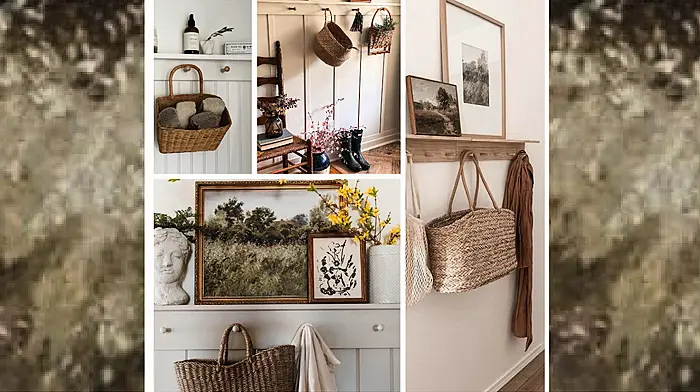With Joyce Russell
WHAT a wet and windy time November has been! It’s getting colder too and there is no doubt that winter is with us. Most trees have been stripped of their leaves at this stage, but there may be a few bright specimens still attached in sheltered corners of the garden. Enjoy them while you can. Winter brings a very different colour palette and it will be a while before we get more than a scatter of bright colours in the garden.
Recent winds have helped to blow lots of fallen leaves away, but there are collections around the edges of beds and in corners. It’s a good idea to clear these before the grass underneath starts to deteriorate. You don’t want muddy edges between lawns and beds.
Bring pepper plant indoors
Chilli pepper plants can be bought as ornamental indoor plants at this time of year. They look very attractive with small red, green, purple and yellow peppers mixed among the foliage. You can of course pick and use the chillies if you want to try them. These varieties have probably been bred more for how they look, than how they taste, so be prepared to sample with caution. Chilli peppers can range from barely a tingle to scorching hot. Don’t position plants where small children might be tempted to pick and taste.
If you have grown your own chilli pepper plants in pots then this is a good time to bring one indoors. A greenhouse or polytunnel provides some protection, but plants will flower and fruit for longer if they are inside the house near a window. Remove any damaged foliage and you should extend the plant’s cropping power. Large plants need plenty of light and don’t over water. If plants can be kept strong and healthy, you can plant them back out in the greenhouse again next year.
Plant broad beans
If you started seed in pots last month, then young plants should be up and growing well.
It’s time to get these into the ground before roots start twisting around the pots looking for more nutrients.
It’s a good idea to plant a short row in the polytunnel if you have room – plants will need the space for several months until they finish cropping. Plant more beans outdoors under a cloche and these will start to crop a week or two later than the polytunnel ones.
Autumn sown broad beans are pretty hardy, but leaves may be blackened by a hard frost. Cover rows with a layer of horticultural fleece if cold nights threaten, or water frosted plants with tepid water to remove frost before it does too much damage.
A few blackened edges aren’t too much of a problem and beans will grow new side shoots if the main shoot is badly affected. Don’t give up on a frosted be
an plant until you are really sure it won’t survive – I’ve often been surprised at the growing powers of these young plants.
A bit of a strim
The garden may look a bit tatty at this point of the year and everything may be too wet to consider mowing and digging.
You can get out the trimmer or strimmer, even when grass is damp, and use it to tidy up the garden. Trim the edges around beds and level any long clumps of grass, taking care not to let the cord dig in and damage grass roots. A quick strim can make a huge difference.
Cut some drains
All that November rain left my garden seriously waterlogged in places.
Sloping areas were fine, because water will always flow downwards, but this led to standing water in the flat areas at the bottom of the garden This doesn’t do a lot of harm if the rain is short lived – land drains quickly and dries out again – but plant roots will rot if left in waterlogged soil for too long.
Trees and shrubs that like a drier root run may be lost in a very wet winter.
The answer is to cut a few drains to help divert water away if possible.
Even a shallow sloping trench, made with a hoe, can help water flow away from vulnerable plants. Use a spade to cut deeper and more permanent drains and follow the flow of water to make sure it is flowing freely in the right direction. You can drill holes in the lower boards of raised beds if water is pooling for lack of an easy exit.
You can even go a stage further and consider diverting water to create a pond or stream, or other water feature in the garden.
Winter can be a good time to take on bigger infrastructure projects, but you may need to wait for a spell of fine weather to make the work more pleasurable.










